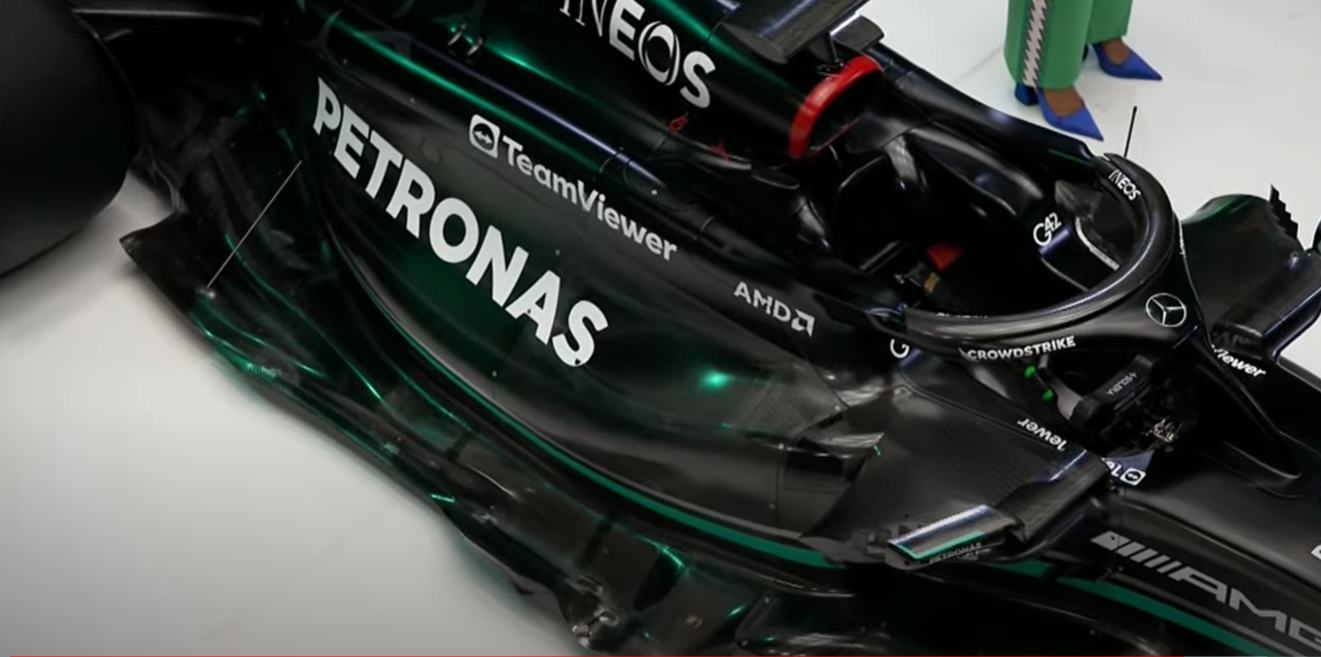Weight-saving behind Mercedes’ black F1 livery as ‘zeropods’ remain

Mercedes unveiled their W14 challenger for the upcoming season on Wednesday, with the car’s livery deviating from the German manufacturer’s traditional silver colour to a black design.
The eight-time constructors’ world champions previously ran a black livery in 2020 and 2021 as part of a campaign to improve diversity and inclusion in motorsport.
A sleek black carbon fibre finish has helped Mercedes in their bid to save weight and give the drivers a more consistent car balance.
"We were overweight last year,” said Mercedes boss Toto Wolff.
“This year we have tried to figure out where we can squeeze out every single gram. So now, history repeats itself.
“You will see that the car has some raw carbon bits, along with some that are painted matte black. Of course, when we changed the livery in 2020 the main driving factor was to support the diversity and equality causes which are always close to our heart.
“The colour black became part of our DNA at that point, so we are pleased to return to it.”
Mercedes’ new car represents an evolution of their W13 challenger which was plagued by porpoising and bouncing issues.

The team appear to have kept the faith with their unique ‘no sidepod’ approach, while notable changes have been made to areas such as the gulley bodywork on the engine cover.
Much of Mercedes’ development focus has been beneath the surface of the car and the floor in a bid to improve aerodynamic performance and correct their previous design mistake.
"Last year, once we had figured out what we needed to do, it took a huge amount of work to get ourselves moving forward,” technical director Mike Elliott explained.
“Towards the end of the season, you could see the performance improving and the winter has been a reset.
"We have done all the things that we wanted to do with the W13 last year but weren't able to because of resource constraints or because our focus was elsewhere fixing other issues.
“With this generation of cars, the performance is all in the detail. When you look at the W14, you will see the DNA of the W13 but also a lot of evolution and detail improvement.”


